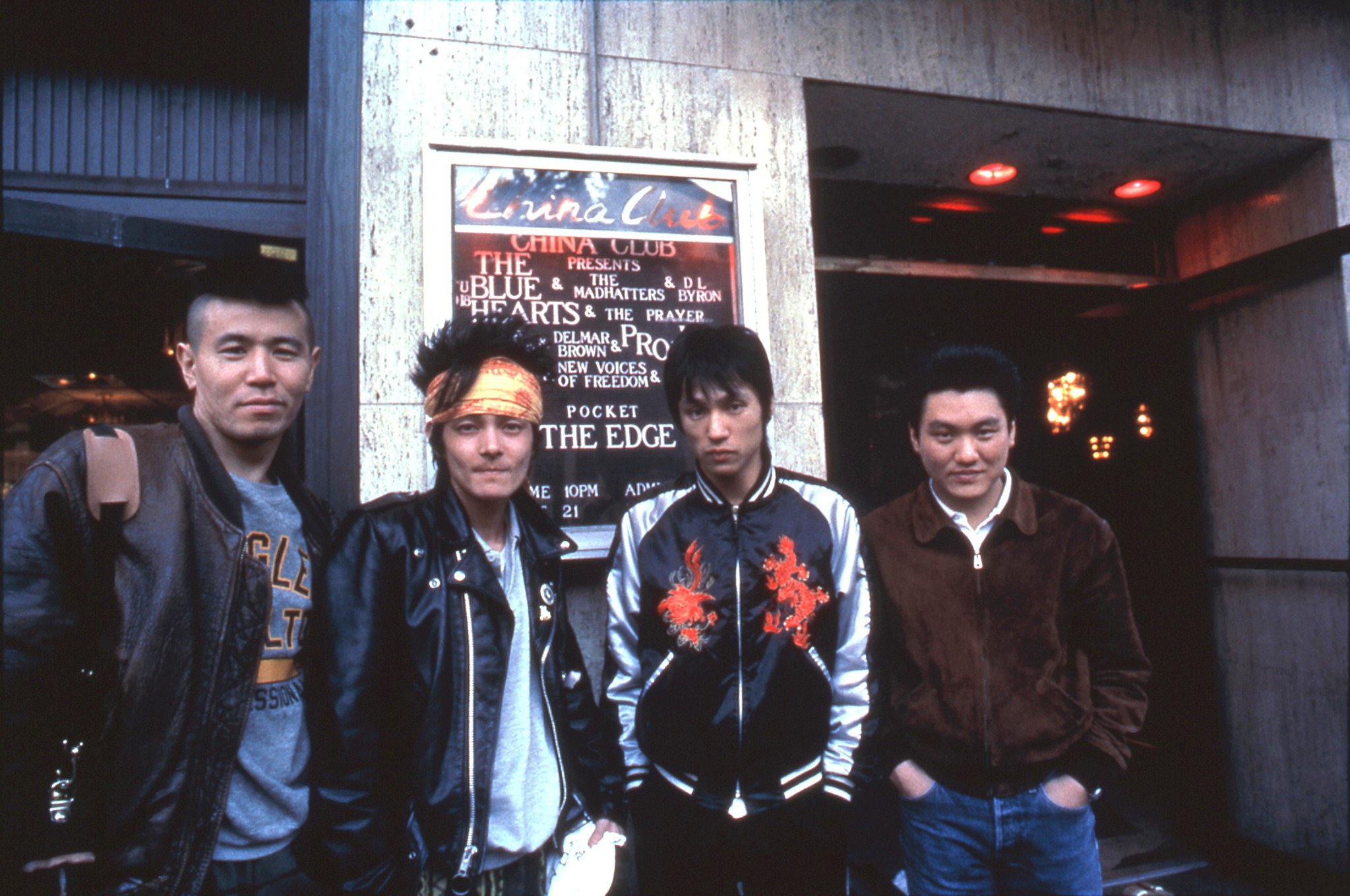The Grail of Vinyl Collectors: Obi

In the 1960s, as music distribution in Japan became more global, and Japanese listeners began taking greater interest in musicians from North America and Europe, record labels needed the music they pressed to be easily recognizable by Japanese consumers shopping in record stores.
This meant that while the cover needed to be recognizable and usually unchanged from the origin market, it also needed some kind of prominent Japanese allowing consumers to easily read the name of the title and artist.
The solution to this problem was a paper strip called an “obi” 「帯」, meaning belt or sash.
Japanese text displaying information about the album and the name of the release would be packaged in with the record, usually wrapped around the left side of the record sleeve.
The inclusion of this strip meant that non-English speaking Japanese people were able to recognize these releases while also maintaining the original aesthetic of these releases from their country of origin. The inclusion of this strip became standard even for domestic releases, and outside of Japan, became an iconic symbol of the Japanese music scene.
However, because these delicate paper strips had little purpose after sale, many Japanese consumers threw them away, lost them, or damaged them. For this reason, original Japanese pressings with the obi still included are extremely valuable and highly sought after by serious collectors, driving prices well into the thousands.
Today, some record pressers such as the U.K.’s “Daupe!” Or U.S.’s “Light in the Attic” even sell limited Japanese editions of their releases with an obi included in America and Europe as a nod to the highly celebrated tradition of Japanese pressings in the 20th century.





